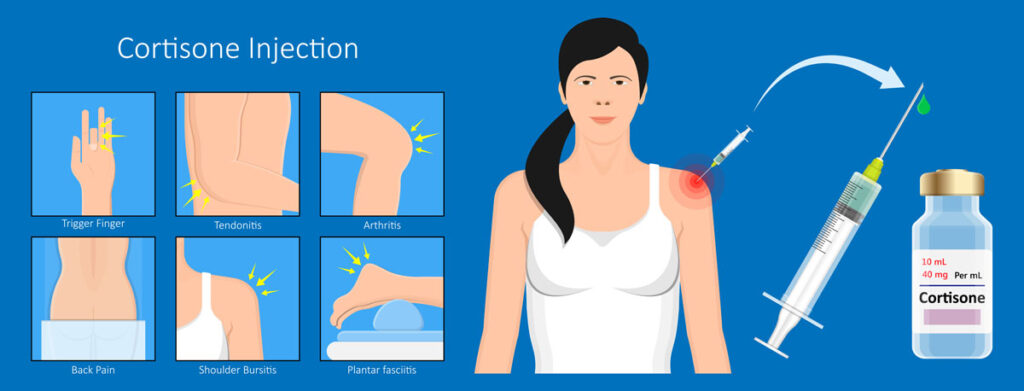Search results for: side effects
Side Effects Occur During Gait Training
A side effect is a secondary effect, typically undesirable effect of a drug or medical intervention. Any intervention that can produce a therapeutic effect can also produce side effects or adverse effects. The current standard of practice is to provide informed consent before beginning evaluation and treatment. Informed consent includes identifying the benefits and…
Read MoreDownsides of steroid injections for hip pain – What 3 patients taught me
Three patients with chronic hip pain prompted me to dive deeper into the effectiveness and risks of the common intervention of corticosteroid injection for musculoskeletal pain syndromes. Patient A complains of difficulty lifting his leg to put his pants on when standing and difficulty lifting his leg to transfer into his car. He had a…
Read MoreIt’s not hip to be in pain – Gait analysis & training can improve those pains in the backside
Are you experiencing pain in the lateral aspect (outer side) of your hips and/or buttocks when you walk or run? If so, using slow-motion video to identify gait deviations and working on your gait with a physical therapist can help solve the problem. Gait deviations are movements that differ from the norm. A deviation can…
Read MoreContinuing Education Courses DHPT
Continuing Education Courses for Healthcare Providers Provided by Damien Howell Acquire opportunities/courses to help you & your patients thrive Enhance your ability to “learn how to learn” – reflective learning Enhance your credibility with customers Integrate & refine your clinical skills Improve your clinical reasoning Take courses that quality for Virginia Physical Therapy Board Type…
Read MorePain – What does it feel like? How this information can guide intervention
When describing your pain details can include location, type, severity/intensity, frequency, duration, triggers, and impact on life. When describing the location of the pain it may not be accurate. Pain can be perceived in an area that is distant from the tissue source of the pain. This is described as referred pain, when the pain…
Read MoreMovement-evoked pain measurement for adjustment of interventions for chronic musculoskeletal pain syndromes
If chronic musculoskeletal pain syndrome is like diabetes, then what is a self-administered test to adjust interventions? A thought-provoking article by Jermey Lewis and Peter O’Sullivan suggests “Is it time to reframe how we care for people with non-traumatic musculoskeletal pain” they suggest we have a lot to learn from how other chronic medical and…
Read MoreHow 2D video motion analysis facilitates problem solving, reflective learning, & identification of novel interventions
The referral of this gentleman in the video below was for an exercise program for chronic right knee pain. The patient and the referring Physician Assistant expressed expectations that an exercise program would help decrease his pain so he could return to playing recreational basketball. There is ongoing controversy about whether high-intensity quadriceps strengthening exercises…
Read MoreExercise prescription – Art & Science
Exercise while not a drug can behave like one. Exercise can help in the management of chronic diseases and offer pain relief for individuals suffering from musculoskeletal pain syndromes. Like prescribing drugs, the concept of dosage applies to exercise prescription. A dose-response to exercise is not unlike drugs however the minimum dose, dose-response, and maximum…
Read MoreHow to do the analysis of slow-motion video of human movement
Smart phone video technology provides significant opportunities to analyze human movement. There are four steps involved in using smart phone video for slow motion video analysis. Each step has considerations, challenges and barriers that need to be addressed. The four steps are recording movement; analyzing the movement; storing the video data; and retrieving the video…
Read MoreShoe Soles: Stiff Rocker Bottom Sole versus Flexible Sole “Barefoot”
There are many things to consider when selecting shoes, including comfort, injury and energy expenditure. Arnie Davis a Certified Pedorthotist has coined the term shoes with rocker bottom soles are the proverbial “aspirin” for chronic foot problems. A rocker sole shoe is recommended to help manage a number of painful injuries including: low back pain;…
Read More








